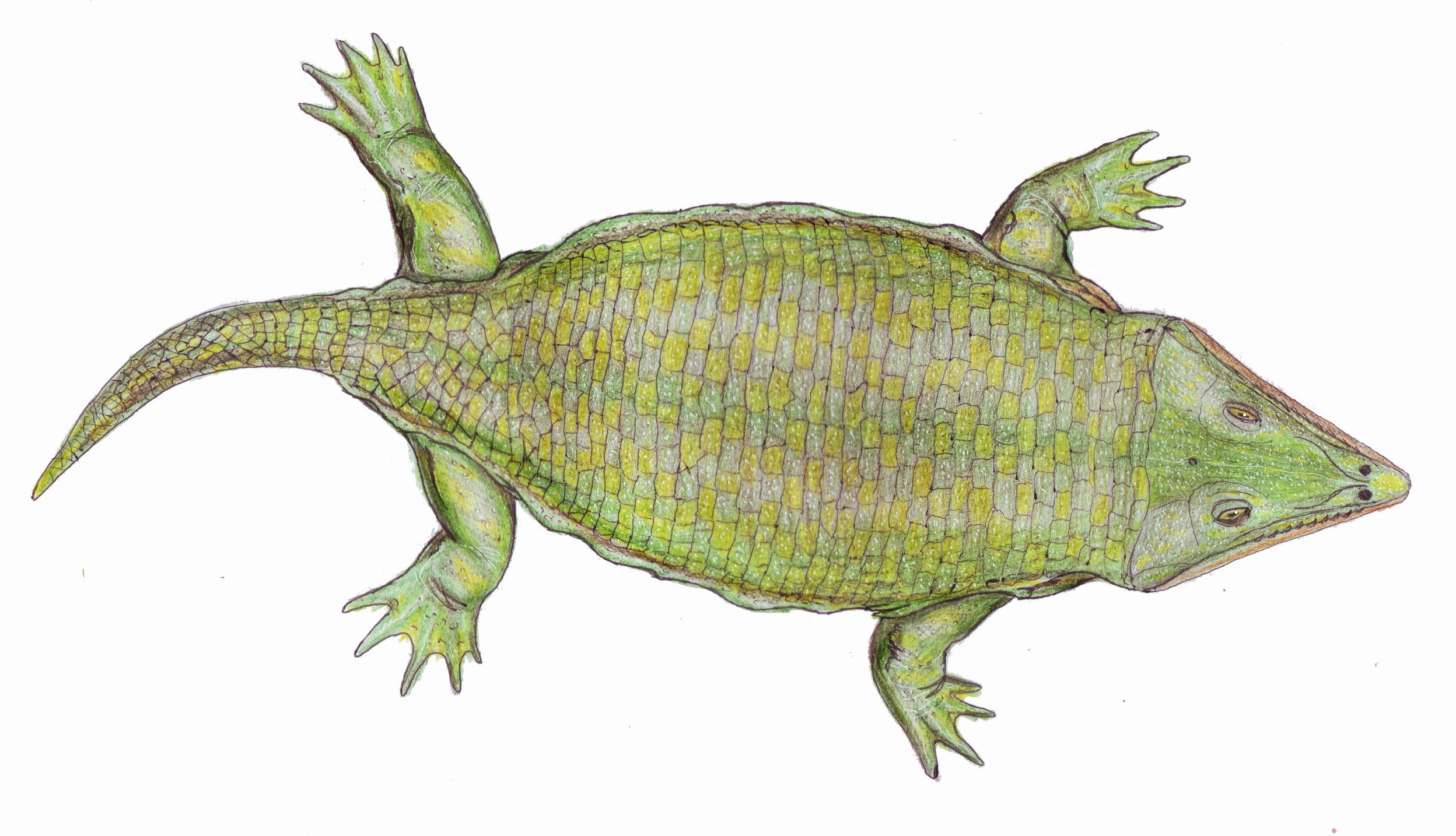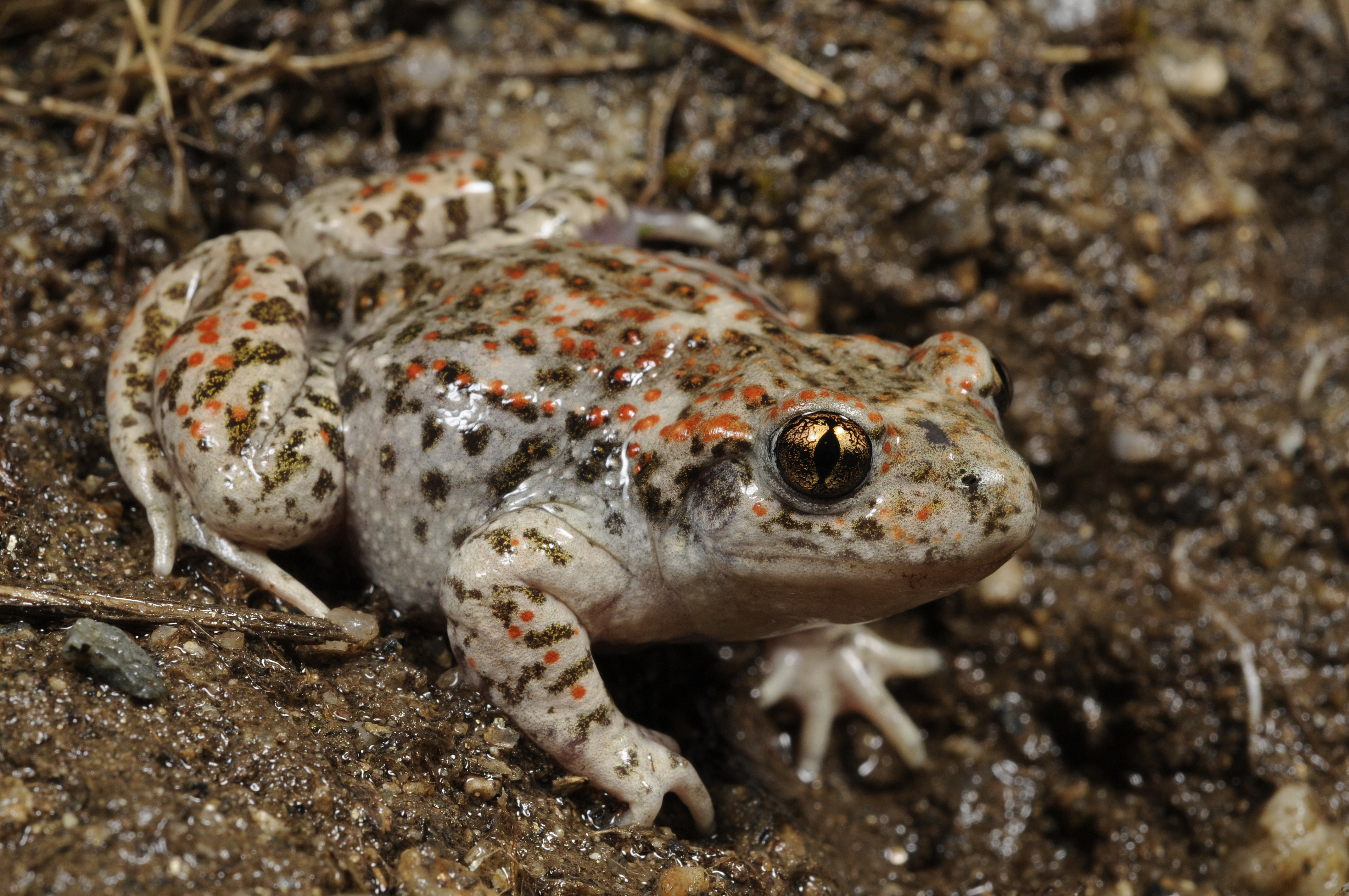|
Paralatonia
''Paralatonia'' is an extinct genus of alytid frog from the late Cretaceous of Sânpetru and Densuş-Ciula Formation, Hațeg Island, in modern day Romania. See also * Prehistoric amphibian * List of prehistoric amphibians References † A dagger, obelisk, or obelus is a typographical mark that usually indicates a footnote if an asterisk has already been used. The symbol is also used to indicate death (of people) or extinction (of species or languages). It is one of the mo ... Cretaceous amphibians of Europe {{Frog-stub ... [...More Info...] [...Related Items...] OR: [Wikipedia] [Google] [Baidu] |
Hațeg Island
Hațeg Island was a large offshore Former island, island in the Tethys Sea which existed during the Late Cretaceous period, probably from the Cenomanian to the Maastrichtian ages. It was situated in an area corresponding to the region around modern-day Hațeg, Hunedoara County, Romania. Maastrichtian fossils of small-sized dinosaurs have been found in the island's rock (geology), rocks. It was formed mainly by tectonic uplift during the early Alpine orogeny, caused by the collision of the African plate and Eurasian plate towards the end of the Cretaceous. There is no real present-day analog, but overall, the island of Hainan (off the coast of China) is perhaps closest as regards climate, geology and topography, though still not a particularly good match. The vegetation, for example, was of course entirely distinct from today, as was the fauna. Places like Louisiana and Mississippi and other parts of the American Deep South are an even closer climatic and ecological match with a subt ... [...More Info...] [...Related Items...] OR: [Wikipedia] [Google] [Baidu] |
Sânpetru Formation
The Sânpetru Formation is an Maastrichtian, early Maastrichtian geologic Formation (geology), formation. Dinosaur remains are among the fossils that have been recovered from the formation.Weishampel, et al. (2004). "Dinosaur distribution." Pp. 517-607. It is located in Romania, near Sânpetru village, part of Sântămăria-Orlea commune. It forms a component of the Hațeg Island fauna. Description The Sânpetru Formation outcrop, crops out in the central to southern Țara Hațegului, Hațeg Basin along the Bărbat (river), Bărbat River and comprises sandstones and mudstones deposited in a wet floodplain depositional environment, environment characterized by braided river, braided fluvial channels. The formation is correlated with the Densuș-Ciula Formation of the northern section of the same basin, both dating to the Maastrichtian of the Late Cretaceous.Solomon & Codrea, 2015, p.26 Fossil content Amphibians Turtles Squamates Crocodyliformes Ornithischian ... [...More Info...] [...Related Items...] OR: [Wikipedia] [Google] [Baidu] |
Densuș-Ciula Formation
The Densuș-Ciula Formation is a geological formation in Romania whose strata date back to the Late Cretaceous. It forms part of the Hațeg Island assemblage. Dinosaur remains are among the fossils that have been recovered from the formation.Weishampel, David B; et al. (2004). "Dinosaur distribution (Late Cretaceous, Europe)." In: Weishampel, David B.; Dodson, Peter; and Osmólska, Halszka (eds.): The Dinosauria, 2nd, Berkeley: University of California Press. Pp. 588-593. . It is divided up into three members, the lower member is noted for high content of volcanogenic material and is poorly fossiliferous. While the Middle member consists of silty mudstones, sandstones and conglomerates containing volcanogenic clasts and is richly fossiliferous, while the upper member consists of matrix supported red conglomerates and is poorly fossiliferous. Fossil content Indeterminate dromaeosaurid and possible indeterminate troodontid remains present in Județul Hunedoara, Romania. An unna ... [...More Info...] [...Related Items...] OR: [Wikipedia] [Google] [Baidu] |
Prehistoric Amphibian
This list of prehistoric amphibians is an attempt to create a comprehensive listing of all genera from the fossil record that have ever been considered to be amphibians, excluding purely vernacular terms. The list includes all commonly accepted genera, but also genera that are now considered invalid, doubtful ('' nomina dubia''), or were not formally published (''nomina nuda''), as well as junior synonyms of more established names, and genera that are no longer considered amphibians. Modern forms are excluded from this list. The list currently includes 457 names. Naming conventions and terminology Naming conventions and terminology follow the International Code of Zoological Nomenclature. Technical terms used include: * Junior synonym: A name which describes the same taxon as a previously published name. If two or more genera are formally designated and the type specimens are later assigned to the same genus, the first to be published (in chronological order) is the senior synony ... [...More Info...] [...Related Items...] OR: [Wikipedia] [Google] [Baidu] |
Genus
Genus (; : genera ) is a taxonomic rank above species and below family (taxonomy), family as used in the biological classification of extant taxon, living and fossil organisms as well as Virus classification#ICTV classification, viruses. In binomial nomenclature, the genus name forms the first part of the binomial species name for each species within the genus. :E.g. ''Panthera leo'' (lion) and ''Panthera onca'' (jaguar) are two species within the genus ''Panthera''. ''Panthera'' is a genus within the family Felidae. The composition of a genus is determined by taxonomy (biology), taxonomists. The standards for genus classification are not strictly codified, so different authorities often produce different classifications for genera. There are some general practices used, however, including the idea that a newly defined genus should fulfill these three criteria to be descriptively useful: # monophyly – all descendants of an ancestral taxon are grouped together (i.e. Phylogeneti ... [...More Info...] [...Related Items...] OR: [Wikipedia] [Google] [Baidu] |
Alytidae
The Alytidae are a family (biology), family of primitive frogs. Their common name is painted frogs or midwife toads. Most are Endemism, endemic to Europe, but three species occur in northwest Africa, and a species formerly thought to be extinct is found in Israel. This family is also known as Discoglossidae, but the older name Alytidae has priority and is now recognized by major reference works. Some researchers, though, suggest that ''Alytes'' and ''Discoglossus'' are different enough to be treated as belonging to separate families, implying resurrection of the Discoglossidae. The term "discoglossid" has also been used to refer to many primitive fossil frogs that share plesiomorphic (ancestral) similities to alytids, but that are probably not closely related. Genera and species The family contains three Extant taxon, extant genera, ''Alytes'', ''Discoglossus'', and ''Latonia (frog), Latonia''. The first is somewhat toad-like and can often be found on land. The second is smoother ... [...More Info...] [...Related Items...] OR: [Wikipedia] [Google] [Baidu] |
Frog
A frog is any member of a diverse and largely semiaquatic group of short-bodied, tailless amphibian vertebrates composing the order (biology), order Anura (coming from the Ancient Greek , literally 'without tail'). Frog species with rough skin texture due to wart-like parotoid glands tend to be called toads, but the distinction between frogs and toads is informal and purely cosmetic, not from taxonomy (biology), taxonomy or evolutionary history. Frogs are widely distributed, ranging from the tropics to subarctic regions, but the greatest concentration of species diversity is in tropical rainforest and associated wetlands. They account for around 88% of extant amphibian species, and are one of the five most diverse vertebrate orders. The oldest fossil "proto-frog" ''Triadobatrachus'' is known from the Early Triassic of Madagascar (250Myr, million years ago), but molecular clock, molecular clock dating suggests their divergent evolution, divergence from other amphibians may exte ... [...More Info...] [...Related Items...] OR: [Wikipedia] [Google] [Baidu] |
Painted Frogs
Painted frog may refer to: *'' Atelopus ebenoides'' – from Central America *''Discoglossus pictus'' – from the central Mediterranean region. *'' Neobatrachus pictus'' – from southern Australia *'' Neobatrachus sudelli'' – from eastern Australia *'' Discoglossus nigriventer'' *'' Kaloula pulchra'' *''Discoglossus pictus ''Discoglossus pictus'', the Mediterranean painted frog or simply painted frog, is a species of frog in the family Alytidae (formerly Discoglossidae). Distribution ''Discoglossus pictus'' is found Mediterranean Africa in northeast Morocco, nor ...'' – from Africa {{disambiguation Animal common name disambiguation pages ... [...More Info...] [...Related Items...] OR: [Wikipedia] [Google] [Baidu] |






